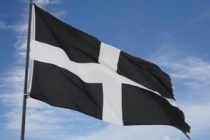The Cornish people have walked the world!
"If there is a hole anywhere on earth, you're sure to find a Cornishman at the bottom of it." *
It is commonly said that the Cornish are inward looking. Cornwall has even been described by some ill informed folks as the 'insular peninsula'. Nothing could be further from the truth!
The photograph below shows a group of Cornish Miners in South Africa c. 1900. The gentleman in the centre middle row is my maternal Great Great Grandfather.
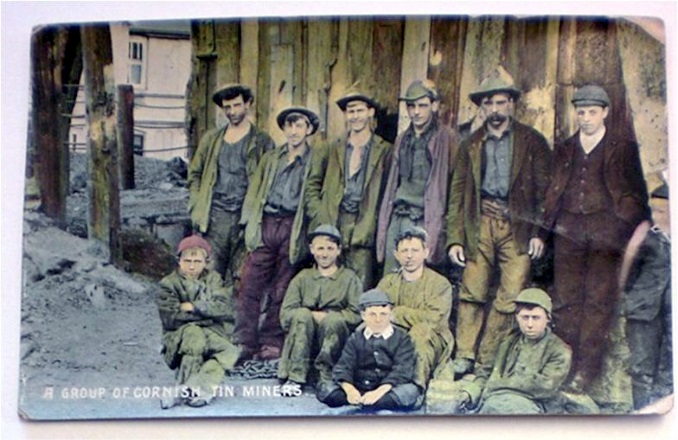
A tin miner, he left Redruth in Cornwall on one Tuesday bound for mining work overseas.
Leaving his wife, a Bal Maiden (a mine surface worker), and child behind, he mined gold in South Africa, was conscripted into a town guard battalion in the Boer War and saw action and thereafter headed to Venezuela where he mined diamonds.
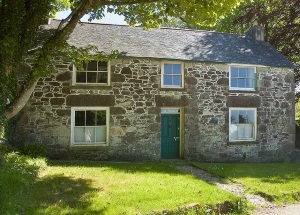
When he returned back home to Redruth many years later, he reunited with his wife, my Great Great Grandmother, and they took ‘The Feather’s pub which was just across the road from St. Euny Church, Redruth. Here local currency paid by the mines was accepted in exchange for beer. The building still stands.
From there they moved and took the ‘King’s Head’ pub in Fore Street, Redruth which was where the Regal Cinema now stands. The pub was demolished in 1935.
A photograph in ‘Redruth and its people’ by Michael Tangye (ISBN 0 950187 21 6) on page 14 shows the ‘King’s Head’ with my Great Great Grandfather’s name above the door, ‘John Goldsworthy’.
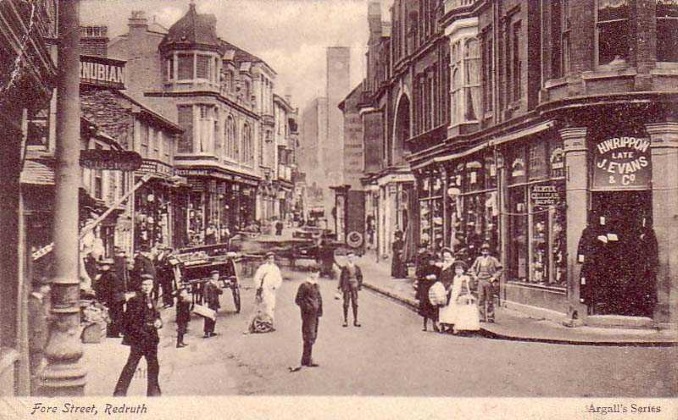
Emigration has played an enormous part in the shaping of Cornwall as we know it today.
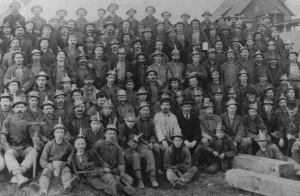
Kernow was a migration 'hot spot' in the British Isles during the 19th Century. Although relocation was not a new thing for the Cornish, they could already be found living in the American colonies and Caribbean plantations, the numbers involved were phenomenal.
Economic factors were the driving force behind the Cornish diaspora, as this migration is known. By the mid-19th Century, the mining industry in Cornwall was in decline. Copper deposits were beginning to run out, and in 1866 the price of copper crashed. This depression coincided with the discovery of new mineral reserves overseas and increased competition began to drive prices down.
In each of the decades from 1861 to 1901, an incredible one fifth of the Cornish male population emigrated abroad, three times the national average. In total, Cornwall lost over a quarter of a million people between 1841 and 1901. The emigrants included farmers, merchants and tradesmen, but miners made up most of the numbers.
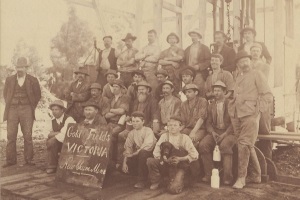
Struggling at home, often subject to food shortages, famine and great poverty, Cornish miners were not slow to grasp the opportunities created by the discovery of gold, silver and copper in the New World. Moving offered the chance of better pay and conditions, and the opportunity to rise to a position of responsibility more quickly. That said, some men like Richard Trevithick returned to Cornwall having made great reputations for themselves.
The Cornish led the world in mining technology and innovation at this time, and had been exporting machinery since the early-19th Century. Richard Trevithick took high-pressure steam engines to the silver mines of Peru in 1816, heralding the start of a global mining economy. This export of technology paved the way for the 'export' of miners, as skilled men were required to install and work this sophisticated machinery.
The Cornish expertise in hard rock mining was highly valued. Agents were employed by the mining companies specifically to recruit employees from the Cornish mines. Meetings and lectures were used to proclaim the merits of these foreign ventures to the hopeful miners.
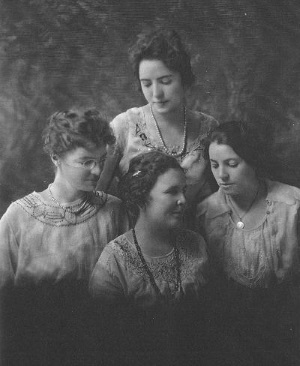
Often it was lone men who would make the trip, particularly in the later 19th Century, when improvements in transport meant that they could work for short periods of time abroad before returning home to their families. Some men left families behind, however, sending back money to support them. Others brought their fiancées or families out once they were settled, and many married into the local communities.
My ancestors, Emmeline Goldsworthy and her daughters, left Redruth to join her husband and their father Henry who was gold mining in Montana USA in 1886.
Cornishmen who travelled and settled abroad were are still are known as 'Cousin Jacks'. Their wives are now commonly known as 'Cousin Jennies'.
Explanations vary as to the origins of the nickname 'Cousin Jack'. Some say that Cornish miners became known as 'Cousin Jacks' because they were always asking for a job for their cousin Jack back at home. Others think it was because the miners used to address each other by the old greeting of 'cousin', and Jack was the most popular first name in Cornwall.
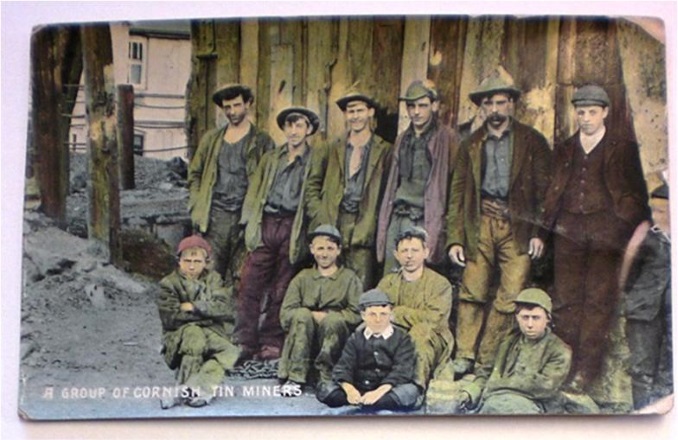
Now, in the 21st century, there are Cornish associations all around the globe. Many of them celebrate Cornish traditions and culture and remain Cornish men and women in their hearts and are accepted as such in the homeland. Links are still strong and are being increasingly formed, even with the Cornish disapora in Mexico and South America.
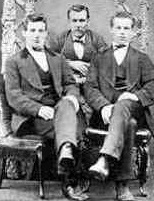
The photo to the right shows members of the Cornish 'Inch' family in Chile.
The Cornish walk the world. I have done so myself. But many return home to complete the circle. It is the call of Kernow! It is in our hearts and souls.
For those interested in finding out more about the Cornish migration, the 'Cornish Global Migration Programme' is an excellent place to start. This is organised from Murdoch House in Redruth, the once home of William Murdoch, the Scottish engineer and inventor who made the place his home.
A website is maintained by the Programme: www.cornishmigration.org/index.html
Kernow bys vyken!
* an old saying in Cornwall
About the author

Mike Chappell serves as a local Councillor in Cornwall, is a keen pan Celticist and political campaigner and member of An Kesunyans Keltek Scoren Gernewek, the Cornwall Branch of the Celtic League, occasional published poet, broadaster and columnist, member of Agan Tavas the Society for the Protection and Promotion of the Cornish Language and a Bardic member of the Order of Bards Ovates and Druids where his name is 'Myghal Map Serpren' Cornish for 'Michael Son of Carpenter' - which he is.
- Cornish
- English
- Log in to post comments

